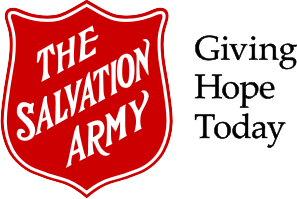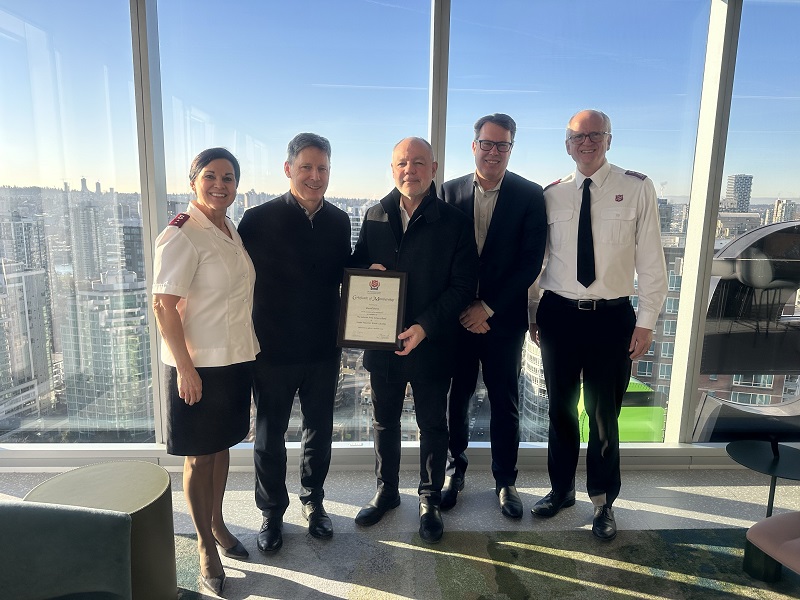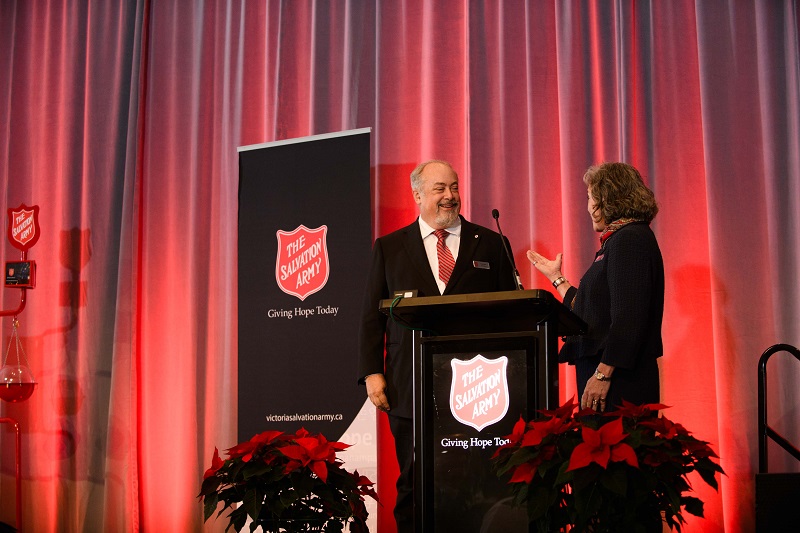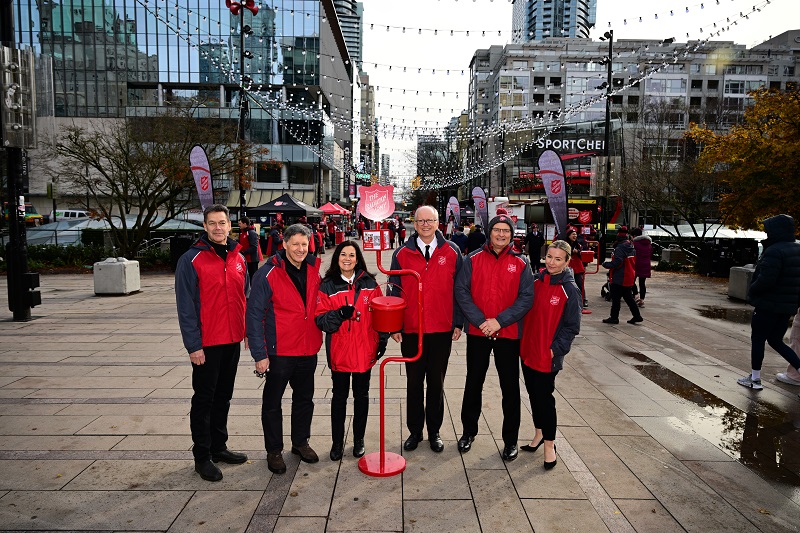Adding a Little More Hope
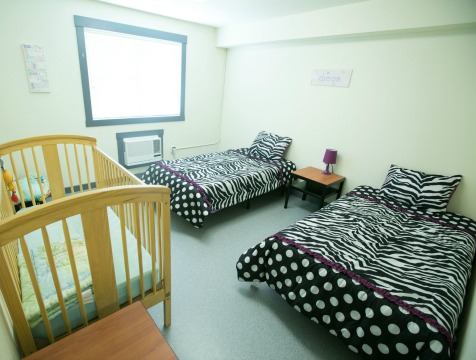
B.C. – It was a warm moment on a cold, snowy day last week as the Salvation Army officially opened Northern Centre for Hope, its new shelter in Fort St. John.
“Today’s weather tells you why we need something like this,” Mayor Lori Ackerman told the crowd of about 50 gathered in the new shelter last Friday.
The building, located on 99th Avenue, was previously the Cedar Lodge Motor Inn. Now its purpose will be housing the homeless and less fortunate members of the Fort St. John community.
The building can house up to 64 people, said Captain Deb VanderHeyden, the executive director of the facility. Currently, she said, there are about 40 souls living there.
“We can look out the windows today and be face to face with the reality that there are things in this world which we personally cannot control,” said Salvation Army Major Al Hoeft, during the dedication prayer.
One of the locals who said the Salvation Army helped him gain control of his alcoholism told attendees the story of his struggle.
“I plan on staying in this two-year program and continuing on in this healthy lifestyle to get back into society sober. Without the Salvation Army staff and my family, I wouldn’t be standing here talking to you people today,” he said.
The floors of the facility are separated based on the needs of the individuals accessing help.
“The bottom floor is low-barrier, which means we acknowledge the fact that you may be engaged actively in an addiction,” explained VanderHeyden. “You may not bring any substance into the building, but we acknowledge that you may be under the influence.”
The shelter’s previous location, on 100th Avenue had only one room to serve as a low-barrier area, which made it difficult to provide proper counseling, she said.
The second floor is stricter: engaging in an addiction is strictly prohibited. Also, those on the second floor must attend educational programs and give back two hours of volunteer work to the community per week.
“It is our belief that by the time you’ve left treatment, the community has poured a lot of resources into you, so you come to a point in your life where not only are you integrating back into society, you’re giving back to those who have helped you along the way,” VanderHeyden said.
As the area expands and grows, as Fort St. John is, she said, so increases the need – particularly for the high-barrier area.
Many of the people who come through their doors looking for help have arrived in Fort St. John expecting to find a job in the energy sector, but they aren’t aware of some of the prerequisite qualifications that exist for them, VanderHeyden said. Part of what the care facility does is to give them a place to stay and direct them to the agencies that can provide them with the tickets they need.
Even if newcomers do find work, the premium on housing in the area is high enough that it takes some people some time to find affordable housing, explained Lt.-Colonel Larry Martin. He came up from the provincial headquarters on the lower mainland to attend the event.
“When they do find employment, sometimes it’s on the lower end of the earning power, and either there’s no housing available or its too expensive, so they have nowhere to go,” he said.
By David Dyck
Reprinted with permission by Alaska Highway News
